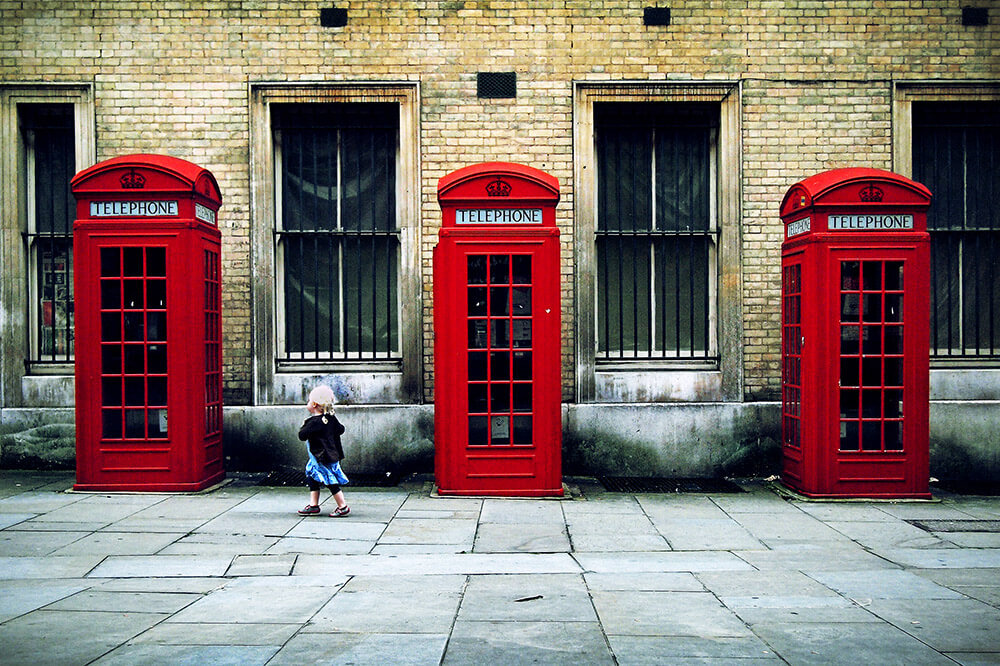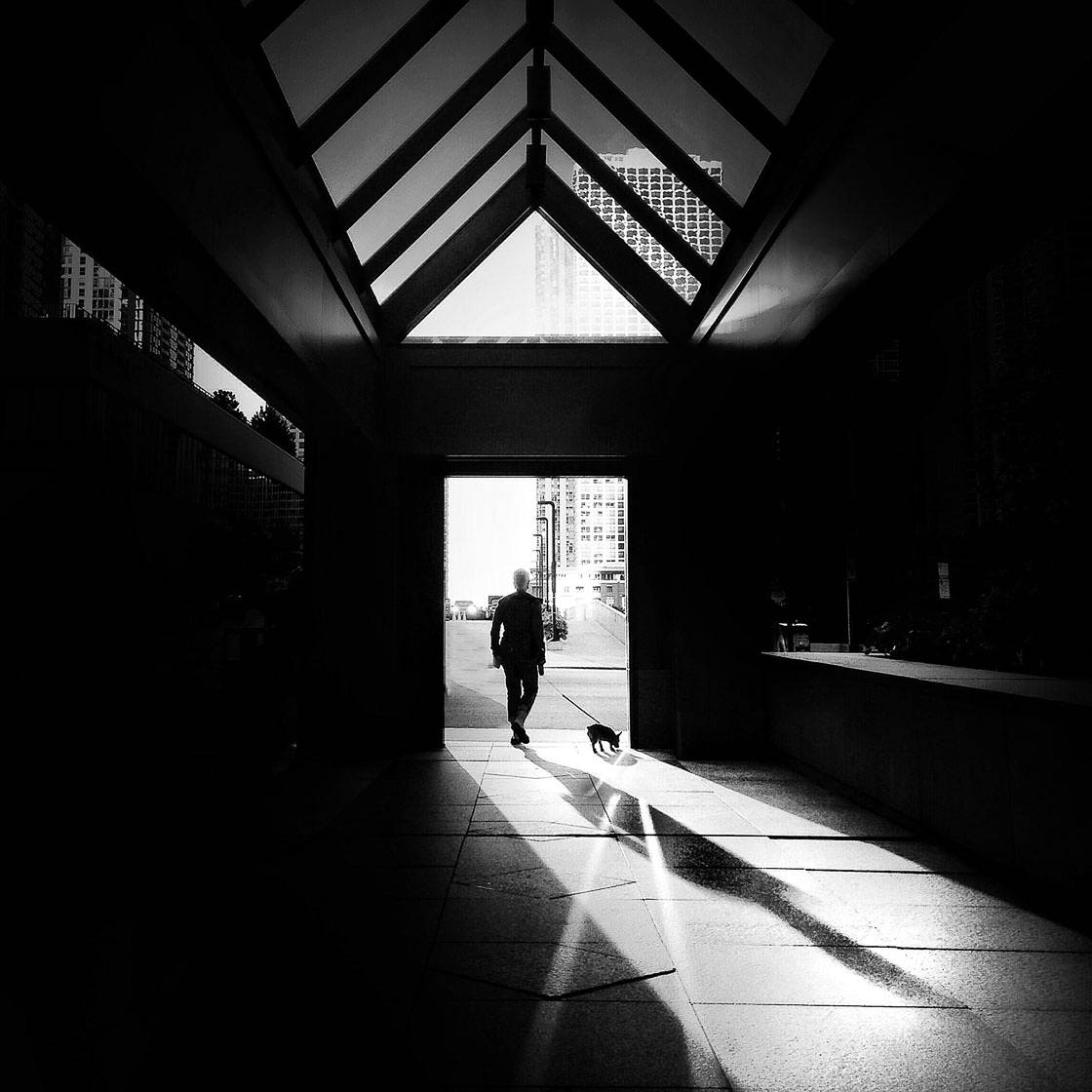Some Ideas on Street Photographers You Should Know
Table of Contents8 Easy Facts About Street Photographers Described9 Simple Techniques For Street PhotographersThe Ultimate Guide To Street PhotographersThe Facts About Street Photographers UncoveredThe Basic Principles Of Street Photographers
, a genre of photography that documents daily life in a public place. The actual publicness of the setup makes it possible for the photographer to take honest pictures of complete strangers, usually without their expertise. Road digital photographers do not always have a social objective in mind, yet they prefer to separate and record moments which could otherwise go unnoticed.He was affected by several of those who affected the street digital photographers of the 1950s and '60s, he was not primarily interested in capturing the spirit of the street., that worked side by side with photographers trying to record the essence of metropolitan life.

Given the great high quality of his photos and the breadth of product, engineers and musicians usually bought Atget's prints to use as reference for their very own job, though business rate of interests were barely his primary motivation. Instead, he was driven to photograph every last remnant of the Paris he enjoyed.
Street Photographers Fundamentals Explained
They disclose the city with his eyes. His work and basic understanding of digital photography as an art type worked as motivation to generations of photographers that followed. The following generation of street digital photographers, though they likely did not refer to themselves as such, was introduced by the photojournalism of Hungarian-born professional photographer Andr Kertsz.
Unlike his peers, Brassa utilized a larger-format Voigtlnder video camera with a much longer direct exposure time, compeling him to be much more calculated and thoughtful in his technique than he could have been if using a Leica. (It is believed that he may not have been able to pay for a Leica at that time, however he did, nonetheless, make use of one in the late 1950s to take colour photos.) Brassa's pictures of the Paris underworld brightened by synthetic light were a revelation, and the compilation of the collection that he published, (1933 ), was a major success.
Cartier-Bresson was a champion of the Leica video camera and one of the first professional photographers to maximize its abilities. The Leica allowed the photographer to engage with the environments and to capture minutes as they happened - Street Photographers. Its fairly small dimension likewise assisted the digital photographer fade into the background, which was click now Cartier-Bresson's recommended approach
The Single Strategy To Use For Street Photographers
It is since of this fundamental understanding of the art of picture taking that he is typically credited with uncovering the medium all over once more about a century given that its development. He took photos for more than a half century and influenced generations of professional photographers to trust their eye and intuition in the minute.
These are the inquiries I shall attempt to address: And after that I'll leave you with my own definition of road photography. Yes, we do. Let's start with defining what a definition is: According to it is: "The act of specifying, Get the facts or of making something guaranteed, distinctive, or clear".
No, definitely not. The term is both restricting and misinforming. Seems like a street digital photography must be photos of a roads best?! And all road photographers, besides a handful of absolute newbies, will completely appreciate that a road is not the essential component to road photography, and in fact if it's a photo of a road with perhaps a couple of uninteresting people doing absolutely nothing of interest, that's not road photography that's a photo of a street.
He makes a legitimate point don't you assume? Nevertheless, while I concur with him I'm not exactly sure "honest public photography" will certainly catch on (although I do type my company of like the term "honest digital photography") because "street digital photography" has been around for a long period of time, with many masters' names connected to it, so I think the term is here to remain.
Street Photographers Can Be Fun For Anyone
Inside?! I hear you shout as you drink your fist to the sky. Why not? You can fire at the coastline, at a celebration, in a street, in a park, in a piazza, in a coffee shop, at a museum or art gallery, in a metro terminal, at an event, on a bridge, under a bridge ...

The Street Photographers PDFs
